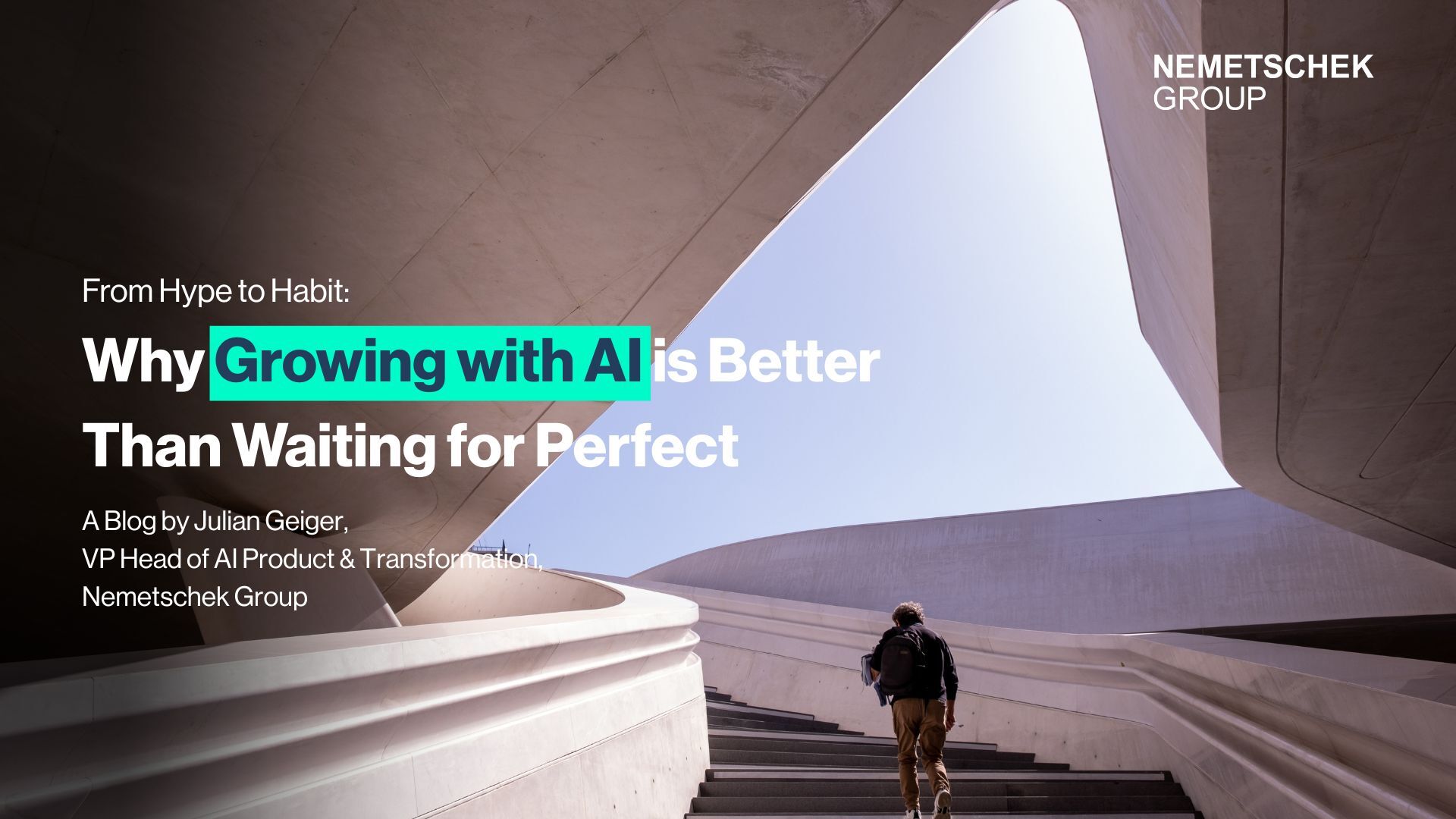A Digital Twin for the Entire Building Lifecycle
A data-driven approach is key for efficient and successful construction projects. Cristina Savian shares some insights on how Digital Twins combined with a Building Lifecycle Intelligence approach, and OPEN BIM can help accelerate digitalization of the AEC/O industry.
Author
Cristina Savian
is nima Ambassador and Digital Twin Expert at BE-WISE
This article belongs to the collection Digital Twin
To the topic page“With trusted data, great things happen.” This is the new tagline by nima, the former UK BIM Alliance. As a strong advocate for the adoption of digital twins in the built environment, I could not agree more with this statement. I firmly believe that purpose-driven creation and management of data can be used to generate powerful results, which is also the heart and core of Digital Twins. Digital Twins can be an invaluable tool for the AEC/O industry, providing priceless insights into a built asset for better decision-making during operation or even during the design of your next project. The possibilities of creating value are endless, including improving quality of life, reducing operating costs, and reducing waste of material and energy overall driving a more sustainable built environment for humanity. In order to fully realize this vision, Digital Twins must be able to process and analyze meaningful data that is structured in a manageable format. This means the data needs to be machine-readable as well as integrated into one single version of the truth – which is one of the current stumbling blocks.
A digital twin basically is a digital replica of the physical building where digitalized information is linked to its physical counterpart for monitoring and management of the various KPI’s of the physical asset. In an ideal case these values kept synchronized between the physical asset and the digital twin according to usage frequency and data fidelity (see also the RICS Whitepaper-March 2022 ). But today’s reality in construction projects looks differently: data is created and used in silos and not coordinated across multiple stakeholders of the construction process or in many instances, not even made accessible to all players. As a result, the design data ends up frozen in proprietary files that can no longer be used for other purposes downstream, including using it as part of a digital twin. The result is a “vendor lock-in effect,” which erodes the value of the data for the end user.
The Relevance of Open Standards and OPEN BIM
An open standard-based approach can help break down these silos and lower the cost of ownership for users. It helps because the interoperability of data sources is absolutely critical for the entire lifecycle of buildings including design, development, and operation. OPEN BIM allows everyone a choice on the technology they want to use, while providing the critical common language essential for the inclusion of all stakeholders. Open standards are therefore critical for Digital Twins as well.
There is no doubt that the task of developing, agreeing on, and adopting a common language on a global scale is a daunting task – it takes time to develop open standards and ensure their adoption and often against strong opposition. Oftentimes, despite the existence of open standards, they are not being used due to the 'lock-in effect' mentioned above, but the clear value of the golden thread of data for the owner will help make this transition happen.
The good news is that a significant amount of progress has already been made in developing and improving specific open standards for Digital Twins. The BuildingSMART Digital Twins Working Group, formed in February 2020, aims to develop an IFC standard for Digital Twins. Also, a National Digital Twin Program has been launched in the United Kingdom. This program is targeted at developing an ecosystem of Digital Twins to improve the UK’s national infrastructure. As a result the British Standards Institution (BSI), Cambridge University, and Centre for Digital Built Britain (CDBB) joined forces to create a unified framework for Digital Twins in the built environment, which is supported by their Pathway to the Information Management Framework. In addition, ISO has installed two technical committees for developing Digital Twin standards, one for a manufacturing Digital Twin framework and the other for IoT and related technologies.
Opportunities for the built environment
In the construction lifecycle, open standards are already creating opportunities for interoperable ways of utilizing built environment data sources more intelligently to improve most incumbent Digital Twin use cases.
We are no longer in doubt as to the benefits that the use of open standard based Digital Twins will bring to our built assets – what remains is the work that needs to make this the mainstream way of operation in our industry. As a start we can leverage the insights that purpose-driven data can provide today so that “with trusted data, great things will happen”.





